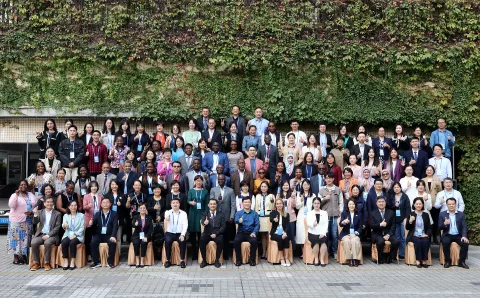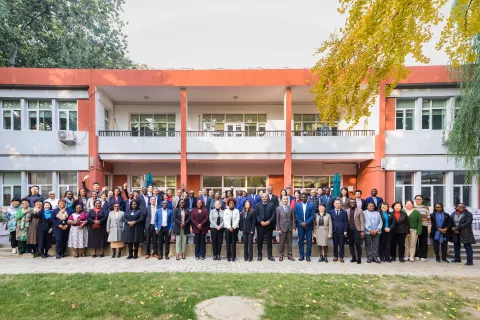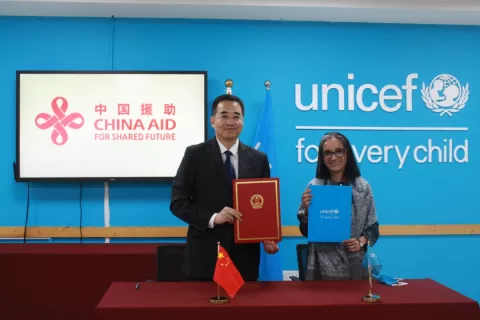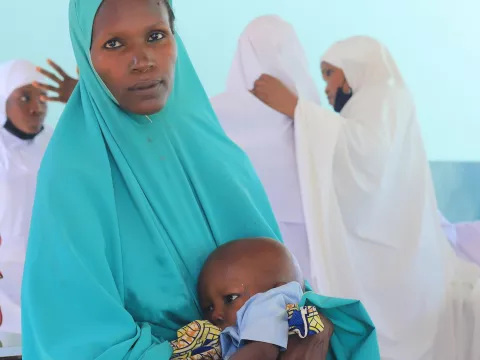UNICEF-supported report on Maternal and Child Survival in China
- Available in:
- 中文
- English
BEIJING, 11 January 2007 – The report launched today confirms that while China is on-track for reaching MDG's four and five, there remain serious concerns about slowing progress given the increasing disparities between urban and rural areas, as well as the situation of vulnerable populations such as migrant workers. Mortality rates in the least developed rural areas, where just under half of the total population lives, are 4 to 6 times higher than urban areas and account for three quarters of the total mortality burden. The report is the outcome of review conducted by the MOH, UNICEF, WHO and the UNFPA, with assistance from national and international experts.
In her statement, UNICEF Representative Dr Yin Yin Nwe emphasized that "Our challenge is to reach the most marginalized and vulnerable populations and ensure universal access to affordable and equitable health care, for only equitable and harmonious development will enable China to fully reach the Millennium Development Goals".
While China is experiencing an epidemiological transition, with diarrhea a significant cause of death only in very remote areas, yet four or five causes of death remain responsible for over 75% of all maternal and child deaths. With neonatal mortality and post-partum haemorrhage still leading causes of death, universal access to essential obstetrical and neonatal care, as well some other key high impact interventions such as exclusive breastfeeding, have the potential to further reduce maternal mortality by 52% and child mortality by 34%, the report says.
The report goes on to make the following specific recommendations:
- Give priority to remote and poor rural areas and migrants in urban areas.
- Ensure universal access to an essential package of quality antenatal, obstetrical and neonatal care and integrated childhood care and development.
- Give priority to strengthening MCH interventions at township and village levels.
- Tailor the MCH service delivery mechanisms to the characteristics of different areas.
- Reaffirm the public health positioning of MCH services through a strengthened policy and planning framework.
- Increase funding for health services in poor areas.
- Improve the efficiency and effectiveness of health expenditure.
- Ensure full coverage of paid MCH services by the Rural Health Insurance system (RCMS) and provide subsidies for the poor.
- Develop an effective strategy for human resource development.
- Strengthen the MCH surveillance system.
UNICEF is to support the documentation and testing of the implementation of these recommendations in 50 counties in 13 provinces. The aim is to provide evidence, mobilize support, develop networks and improve advocacy efforts to further reduce maternal and child mortality, to help ensure China remains on-track to achieve MDG's four and five.
(Report by Dr. Koen Vanormelingen)
Media contacts
About UNICEF
UNICEF works in some of the world's toughest places, to reach the world's most disadvantaged children. Across 190 countries and territories, we work for every child, everywhere, to build a better world for everyone. For more information about UNICEF and its work for children visit www.unicef.org.
| Visit UNICEF China website:www.unicef.cn Follow us on Sina Weibo: http://weibo.com/unicefchina Tencent Weibo: http://t.qq.com/unicef Wechat: unicefchina |





